Harvesting calendula seeds is easy, and an economical way to save seeds for next year's garden. The seeds can be collected throughout the growing season, and dried and stored for future use. Learn how to harvest calendula seeds, and grow this edible flowering herb from your own seeds next season.
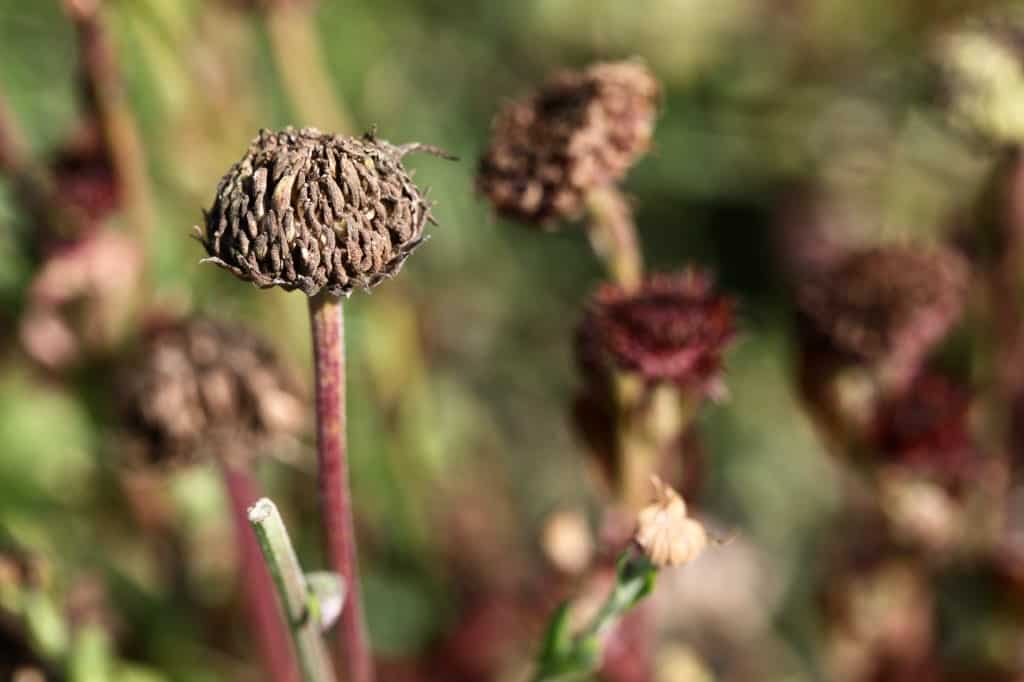
There are approximately 25 species of Calendula, consisting of both annual and perennial plants.
Also known as pot marigold, these medicinal herbs are members of the daisy family, or asteraceae family.
Calendula is a great plant to grow in the herb and vegetable garden. It is also a beautiful flower to grow in the flower garden.
It is one of the easiest plants to grow, and a perfect plant for beginner gardeners.
The calendula plant has an edible flower which contains lots of beneficial properties.
We grew lots of calendula in our garden this year. It was grown with a purpose to use for it's herbal properties, and also for the edible blooms.
I made sure to harvest lots of seeds throughout the season, to save for planting out next year.
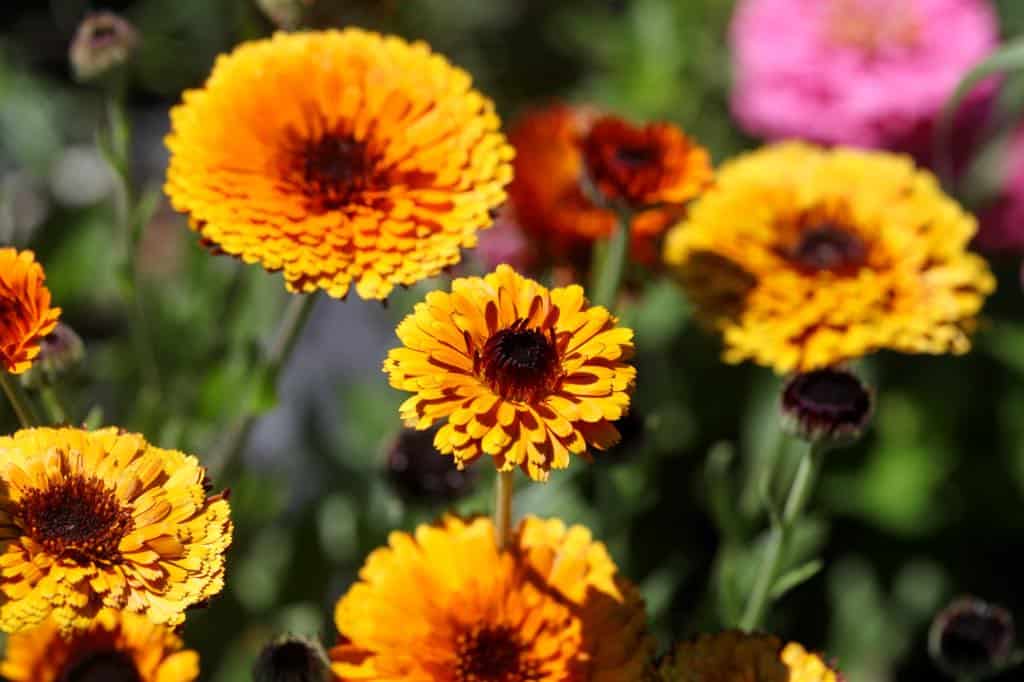
Why Save Calendula Seeds?
Saving calendula seeds is an easy and economical way to have calendula growing in your garden, year after year.
The plants draw lots of beneficial insects and pollinators to the garden.

The calendula plant has many beneficial uses, from a great companion plant in the garden, to culinary and herbal uses as well.
The calendula petals and flower heads contain essential oils, which contribute to their herbal and medicinal uses.
The essential oils can be extracted from the plant by infusing the dried calendula blossoms in a carrier oil, such as sweet almond, coconut, or olive oil for about a month.
The flowers can be also used as cut flowers, although this was not the purpose of our calendula plantings this year.
Rather, the calendula plants were grown for the edible flowers, as well as to make calendula-infused oil for calendula salve and lip balm.
Now don't get me wrong, calendula can also be used as a cut flower. The bright orange and yellow flowers are striking in the vase, mixed with in other flower varieties.
However, the flowers do not have a long vase life, unless picked at an early stage. I much prefer to use the flowers for their beneficial properties.
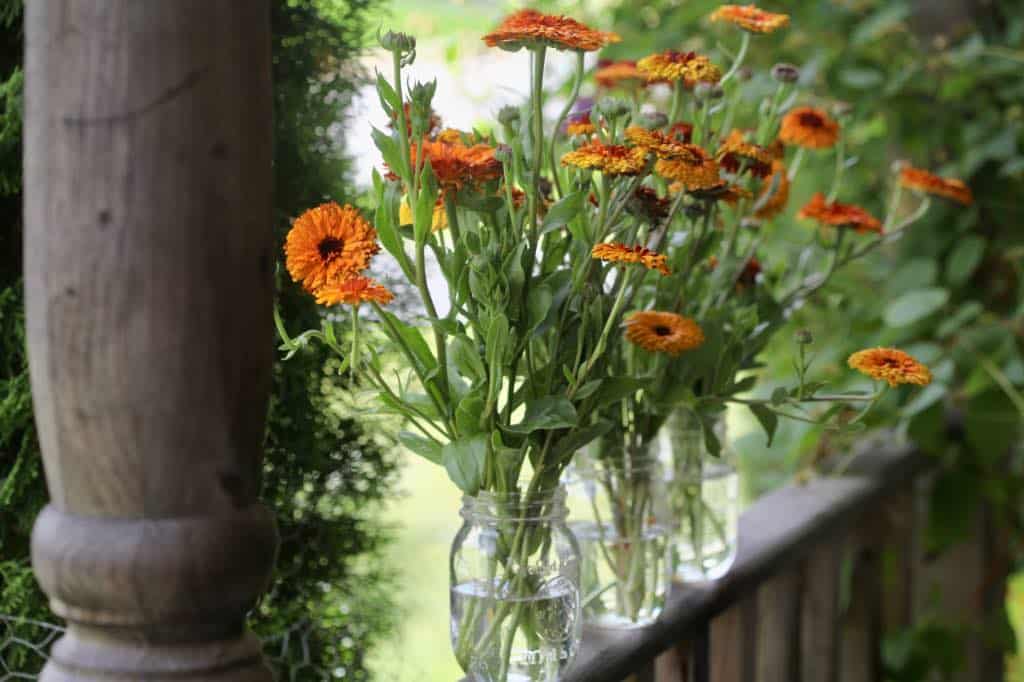
What Do Calendula Seeds Look Like?
When I first grew calendula in the garden, I was surprised to see the seeds develop so early in the growing season.
They were produced throughout the season, rather than just in late summer and early fall.
Some growers will deadhead spent blooms, to increase blooming on the calendula plants. If you do this, there will still be lots of flower seeds to harvest at the end of the growing season as well.
Just stop deadheading towards the end of the season, and allow the seed heads to develop.
The thing about the calendula seeds, is that the fruit of the seeds are right there, displayed for all to see, as soon as the flower petals fall away.
The Calendula Fruit
The calendula fruit are called cypselas, and these structures contain the seed.
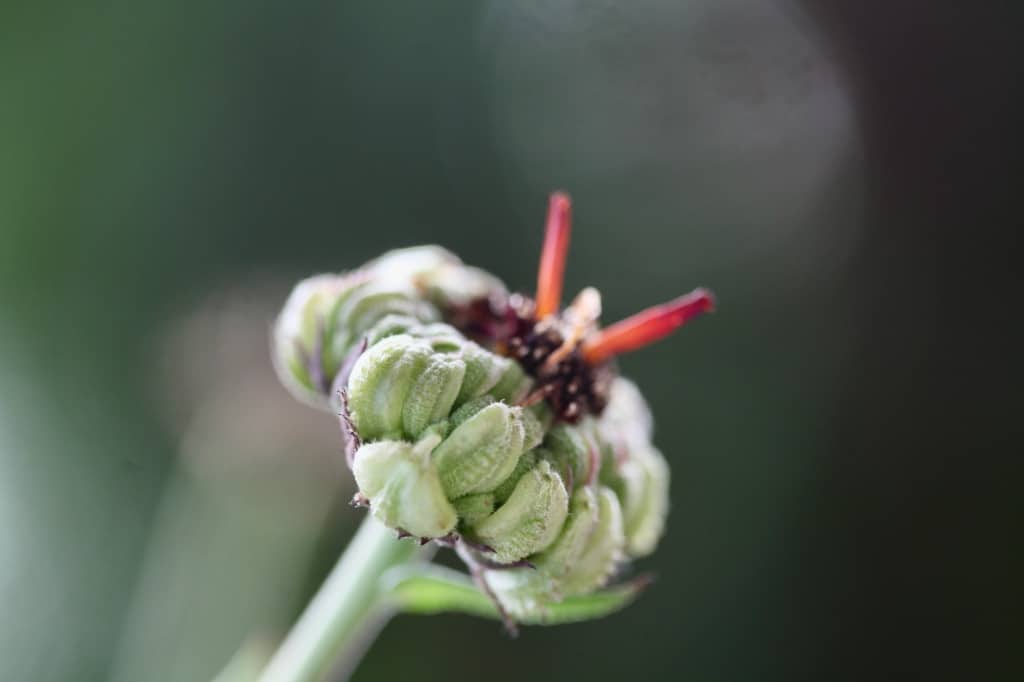
When the calendula flowers start to fade, the petals begin to wither and dry.
As the flower petals fall away from the blooms, rings of cypselas containing the calendula seed are readily visible. These are the fruit of the calendula flower, and form where the flower once was.
These structures containing the calendula seeds form on a large open seed head. There is one seed inside each individual cypsela.
As the fruit of the calendula mature on the plant, they change in color from green to brown.
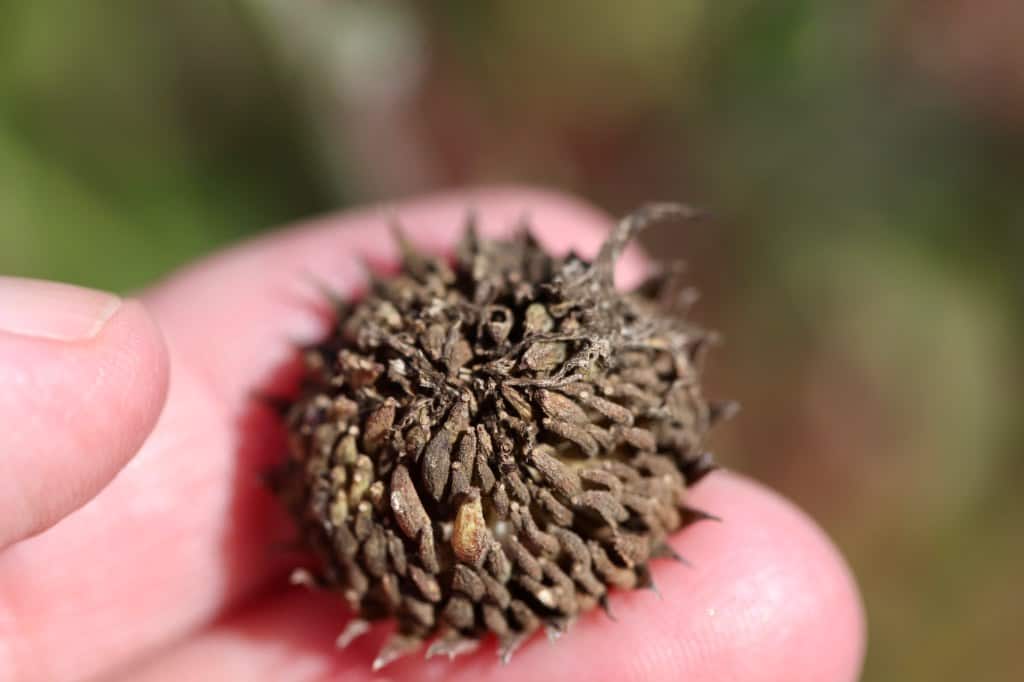
This is the state of the viable seeds, and this is the stage for harvesting.
When the fruit are brown and dry, they will readily fall away from the plant.
The calendula fruit are c-shaped, with spines on the outer edge. They always remind me of little grubs, curled up.
These units measure approximately 0.5 to 0.75 mm in length. They can even be longer if there is less curl to the shape.
When fully mature they break away from the seed head, and fall into the garden.

Where Are Calendula Seeds Located?
Each cypsela holds one calendula seed. These units are often identified as the seeds themselves, however the seeds are contained within.
When planting your calendula seeds, you would plant each curled unit intact, and the seed will germinate from this structure.
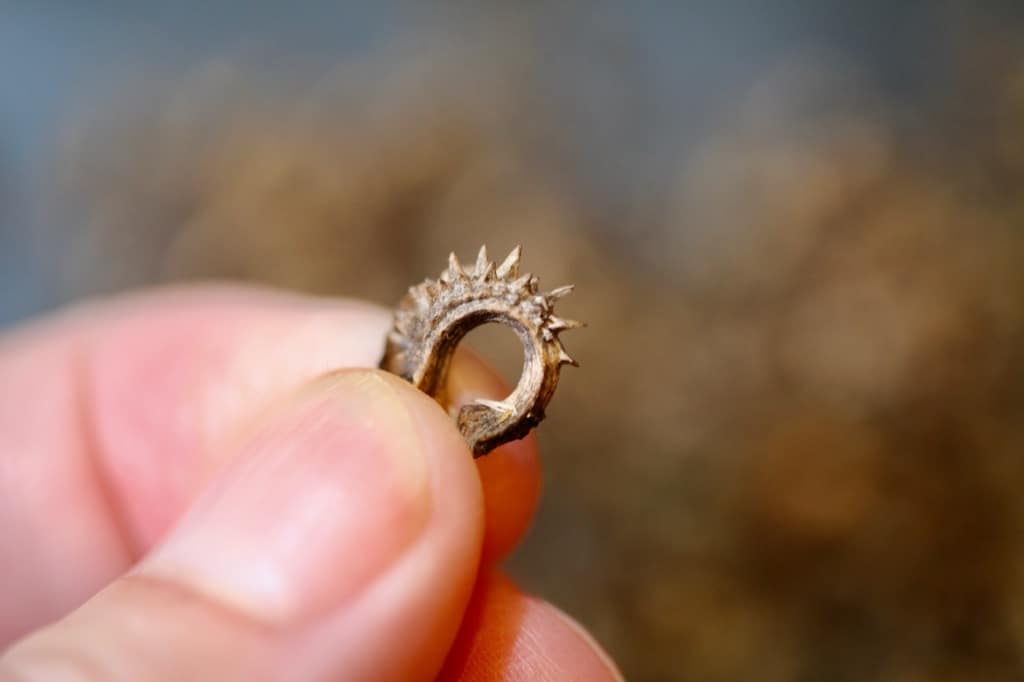
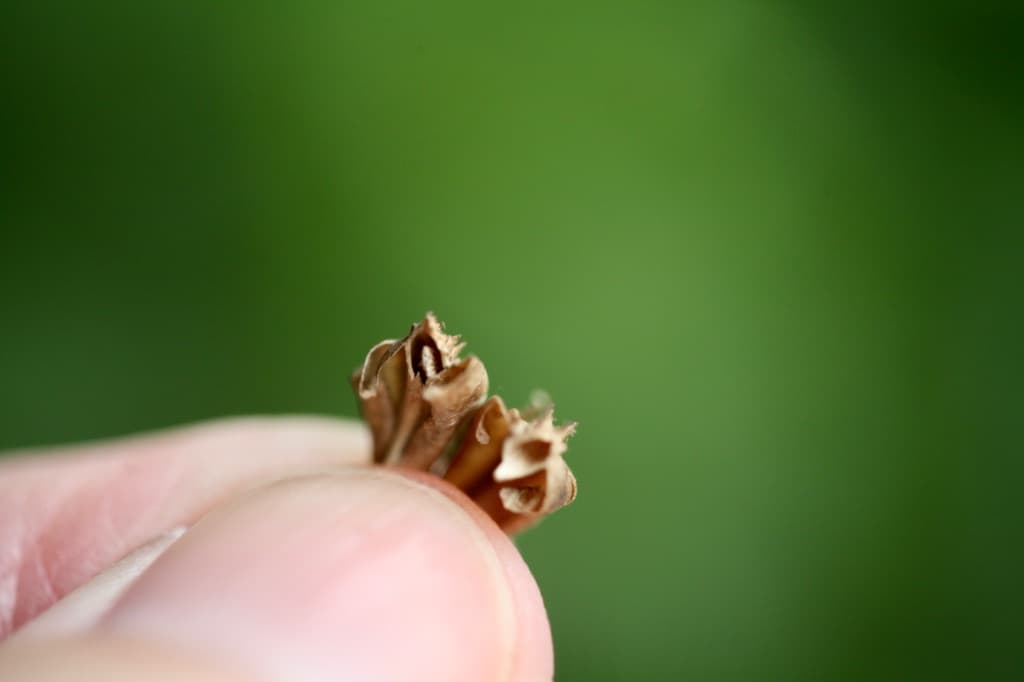
Do Calendulas Self Seed?
Calendulas are known to self seed, as they readily release their seed into the garden.
One of the most popular calendula species grown in the garden is Calendula officinalis. This plant is a tender perennial most often grown as an annual flower.
The plant will release seed into the garden, throughout the growing season.
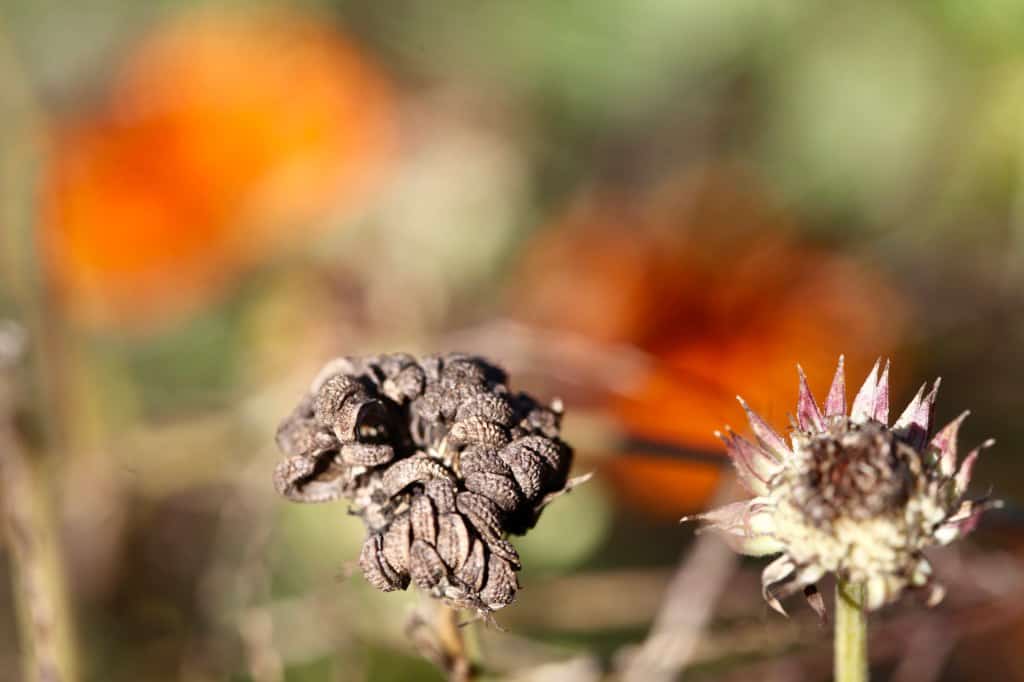
These plants are fairly cold hardy, and the seeds can overwinter in the garden. They will then sprout volunteer plants in the spring, in some growing locations.
In cooler climates it's best to collect the seeds when they are ready to harvest, and save them over the winter, to plant out again in spring.
In my zone 5b garden, I want to make sure that I have collected some viable seeds to plant into the garden for next year.
By harvesting mature Calendula seed, I will be able to perpetuate the flowers in the garden for many years to come.
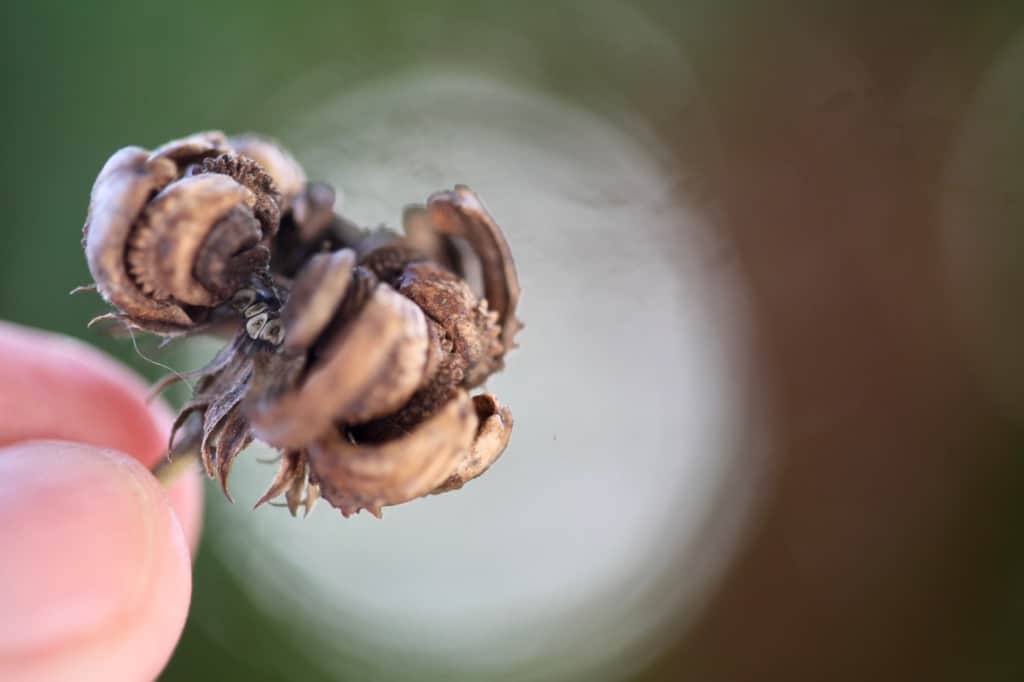
How To Harvest Calendula Seeds
Let's have a look at the process for harvesting calendula seeds.
The process is actually very simple, as long as you get the timing right.

When To Harvest
When harvesting any seeds, one of the most important aspects of the collection process is harvesting at the right time.
In order for seeds to be viable, they should mature on the plant.
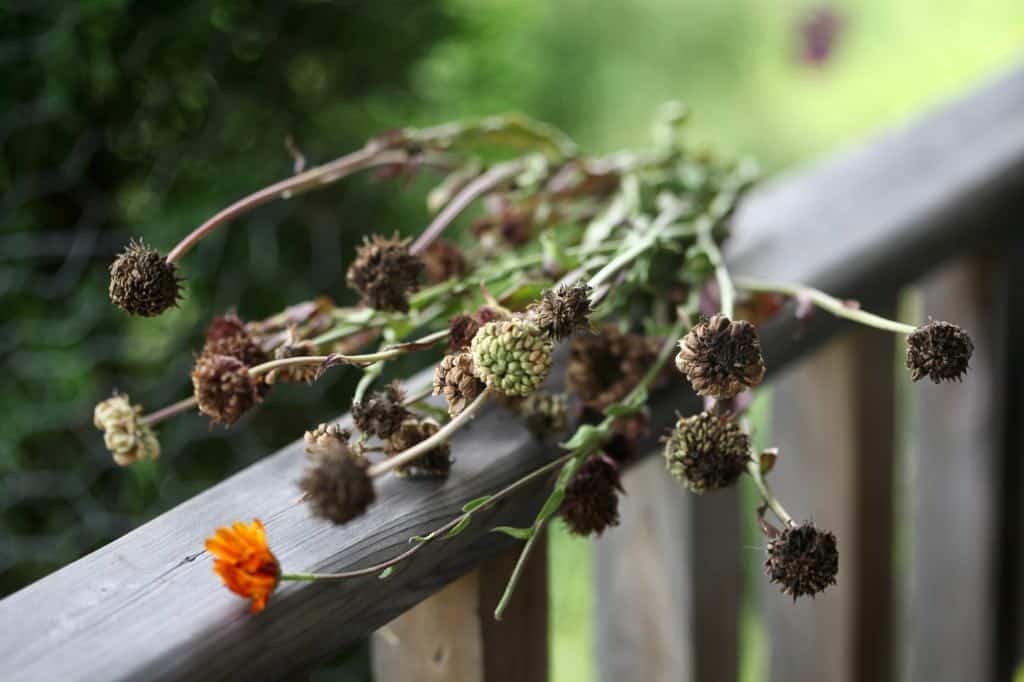
The best time to harvest calendula seeds therefore is when they are mature, and have matured on the plant. Mature seed heads will appear as dry in texture and brown in color.
Calendula seeds will be produced throughout the growing season, and therefore seeds will be ready for collection at different times.
There are often seed heads in different stages on each calendula plant.

When you are ready to harvest seeds from your calendula plant, make sure that you harvest only the mature seed heads.
It may be tempting to collect the large green seed heads, however they are not yet ready to be collected. Leave the green seeds on the plant to mature further.
Pick only the seed heads that have turned brown on the plant. These will contain the viable seeds.
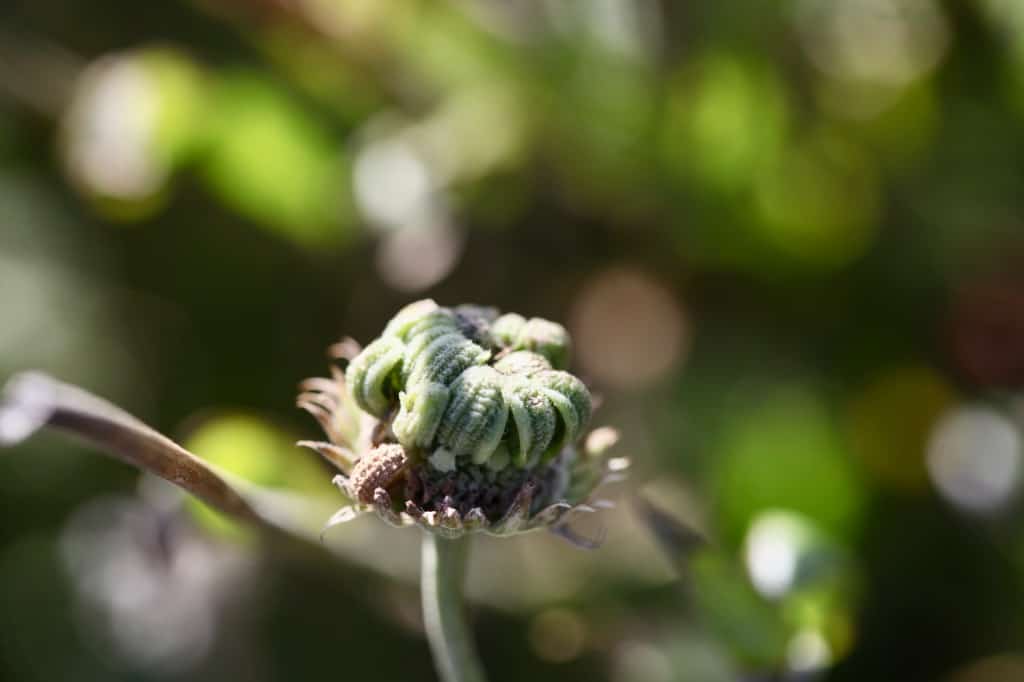
Harvesting The Seeds
It's always best to collect calendula seeds on a dry day if possible.
This will help to prevent molding of the seeds when you bring them inside.
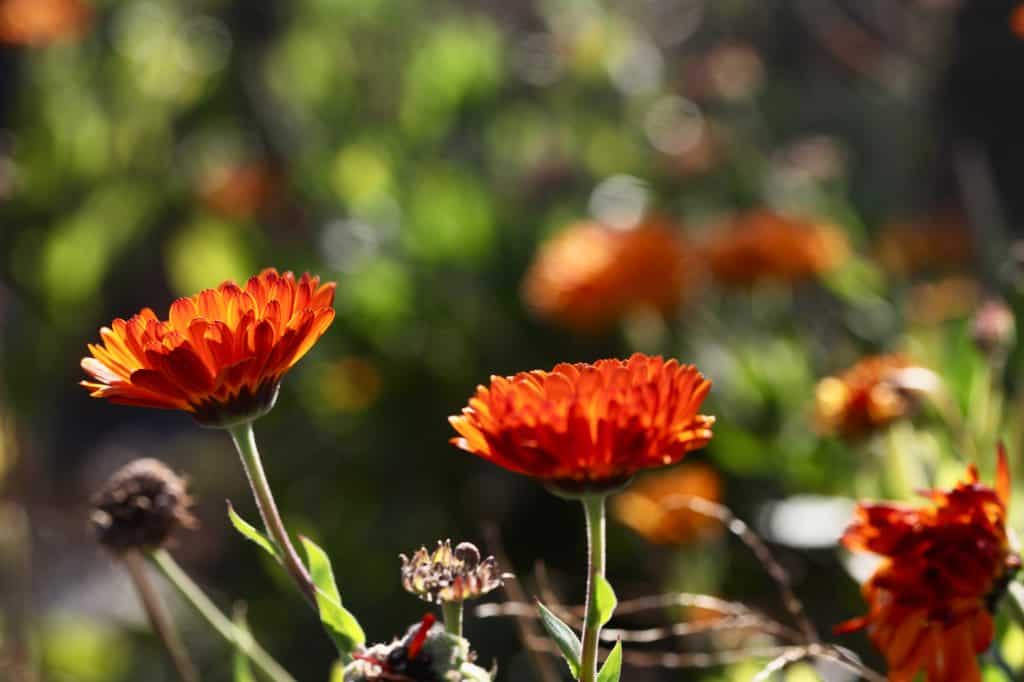
Bring a basket or container for collecting the seeds, along with a sharp pair of scissors or snips.
A paper bag will work as well, and you can label the outside of the bag with the seed variety.
Otherwise it's also a good idea to bring a post it note, or some similar type of label, to place in your container to identify your seeds.
This is especially important if you are harvesting different varieties of seeds at the same time.
To harvest the seeds, remove the matured and brown seed head from the calendula stem.
This can be done simply by cutting the seed head off with your scissors, right at the back where it attaches to the stem. Alternatively, you can snap the seed head off with your fingers.
You can even cut the entire stem if there are a lot of mature seed heads, for a faster harvest.
Don't be surprised if the seed heads crumble in your hand if they are very dry. They will release the fruit right into your hand, and possibly some into the garden as well.
Place the seed heads into your container, and when the harvest is finished, bring them inside.
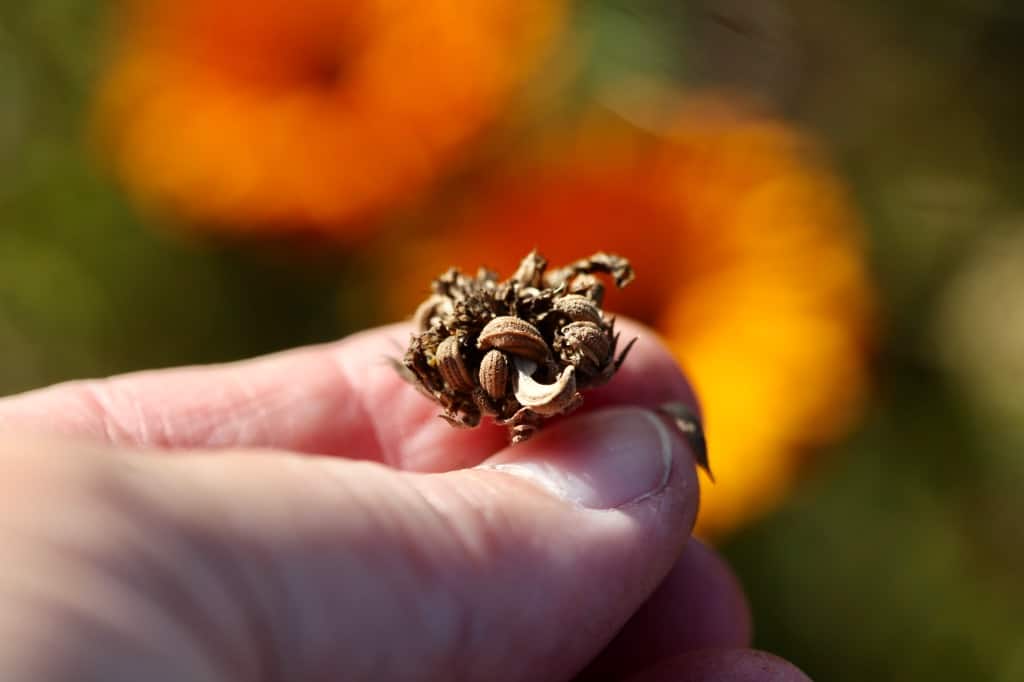
Processing The Seed Heads
I will often let the seeds heads sit for a day or two, or even longer, in a single layer, to allow them to dry.
This is usually because there is no rush to process them immediately.
When ready to process, processing the seeds is very simple.
Hold the seed head over your container.
Pull the curled cypselas away from the seed head. They drop off away from the stem, with almost no effort, when they are dry.

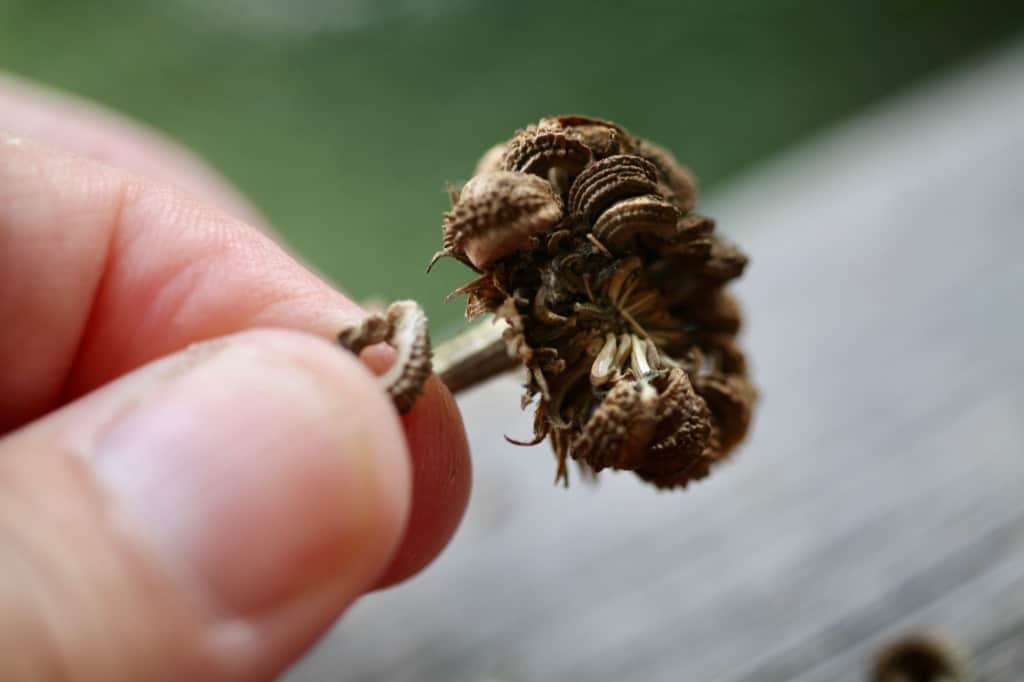
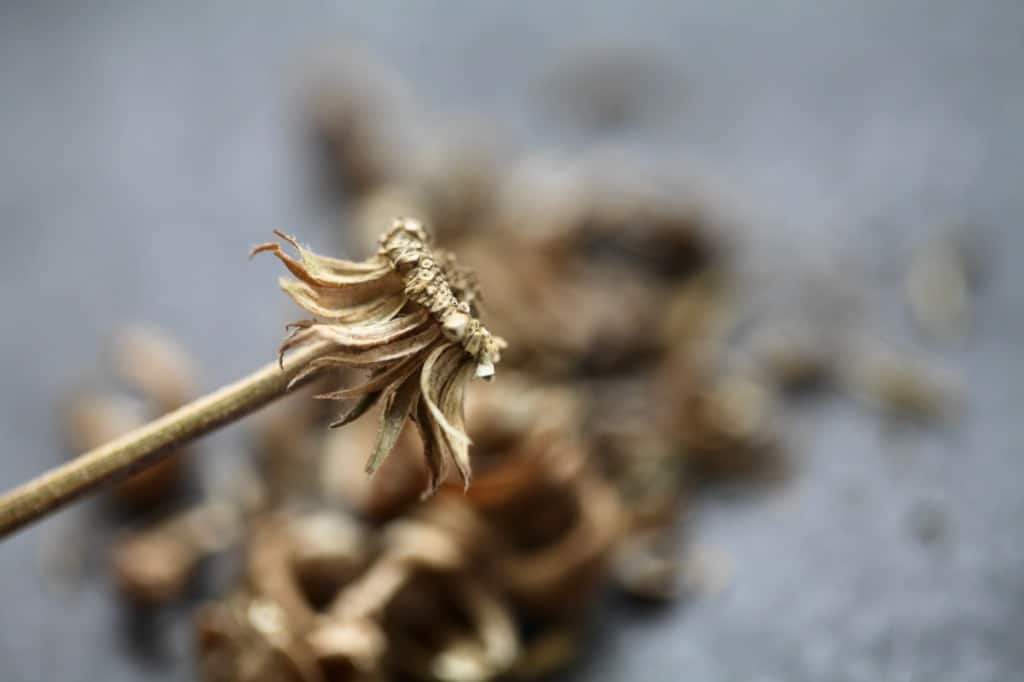
Separating The Chaff From The Seed
After processing the calendula seed heads, you will have a pile of cypselas and chaff in your container.
The fruit are easy to identify. They are the curled units that look like little grubs.
Remove the seeds from the chaff either with your fingers, or with a pair of tweezers.
Discard the chaff in your compost.
Then it's time to dry the seeds.
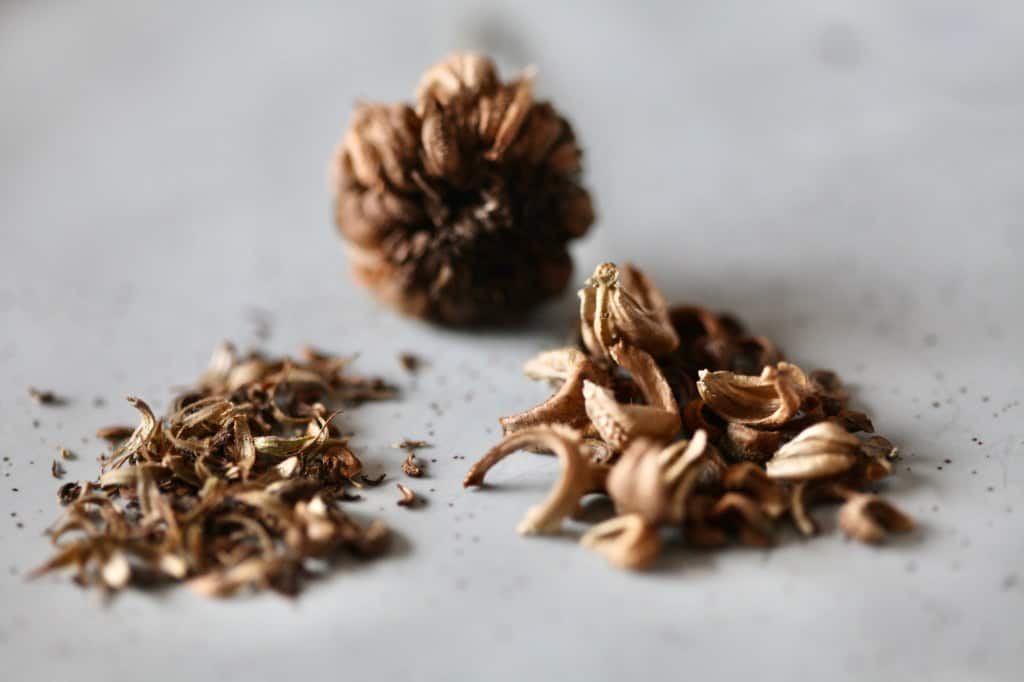
Drying Calendula Seeds
Dry calendula seeds for a day or two in a single layer on a plate or baking sheet.
If they have been drying since harvest for a few days or more, they will likely already be fairly dry.
After drying the calendula seeds, they will be ready to store.
Shelf life is dependent on method of storage, so let's have a look at storage considerations.
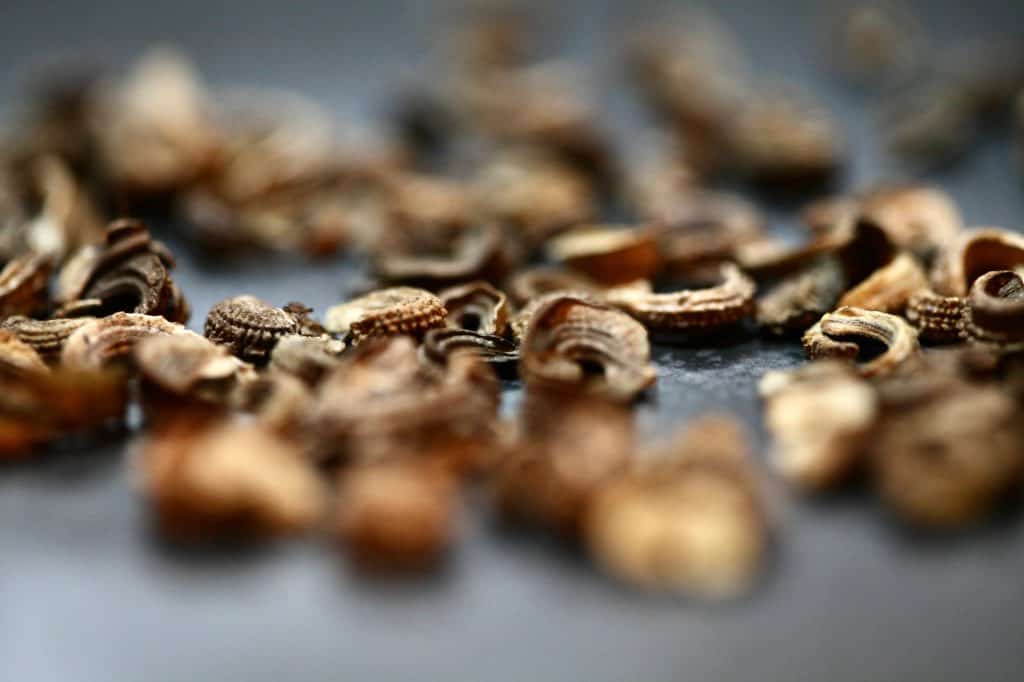
Storing Calendula Seeds
Calendula seeds can be stored in an airtight container such as a glass jar or mason jar. Alternatively they can also be stored in a brown paper bag or paper envelope.
It's best not to store the seeds in plastic bags.
I prefer to store seed in paper, to reduce the risk of mold development. Paper will help to wick any moisture away from the seeds, and help to keep them dry.
Make sure to label the envelope to identify the seed type and storage date.
Store in a dark and dry location for ideal storage.
Seeds can be viable for several years or more.
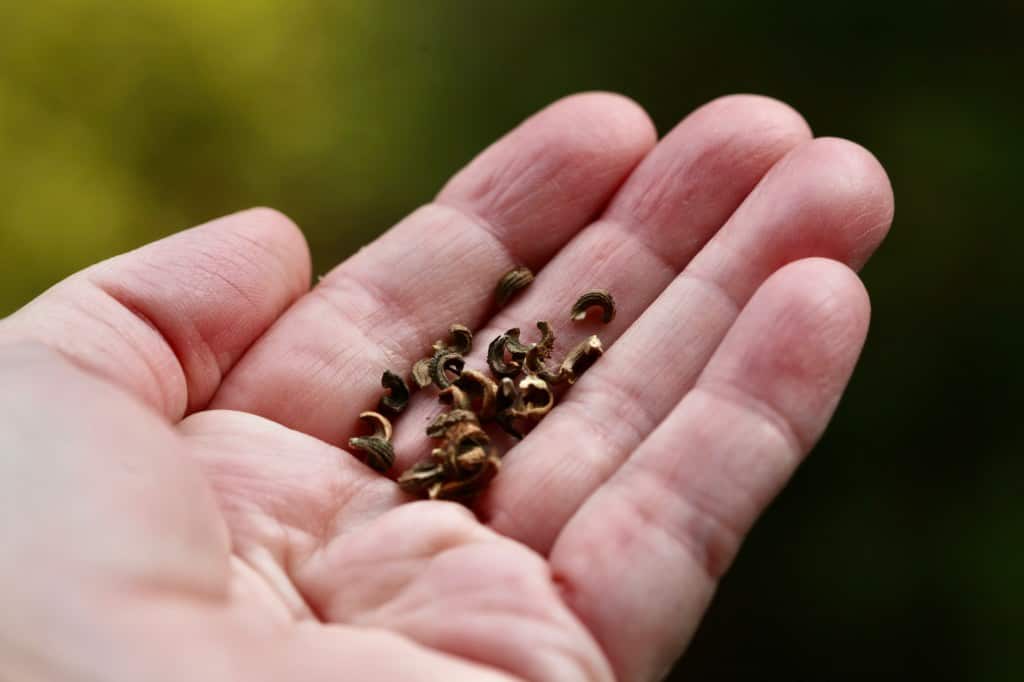
What To Do With Extra Calendula Seeds
If you have extra calendula seeds, you can save them to plant for another season or two if you wish.
Generally seeds that are properly stored will remain viable for up to three years, and sometimes even longer.
You can also donate them to seed exchanges.
One of my favorite things to do with extra seeds is to package them up in homemade seed packets, and to give them away as gifts.
Another thing that you can do is to add some seeds to seed balls. Then distribute them to places that can use a bright touch, with these bright calendula flowers.
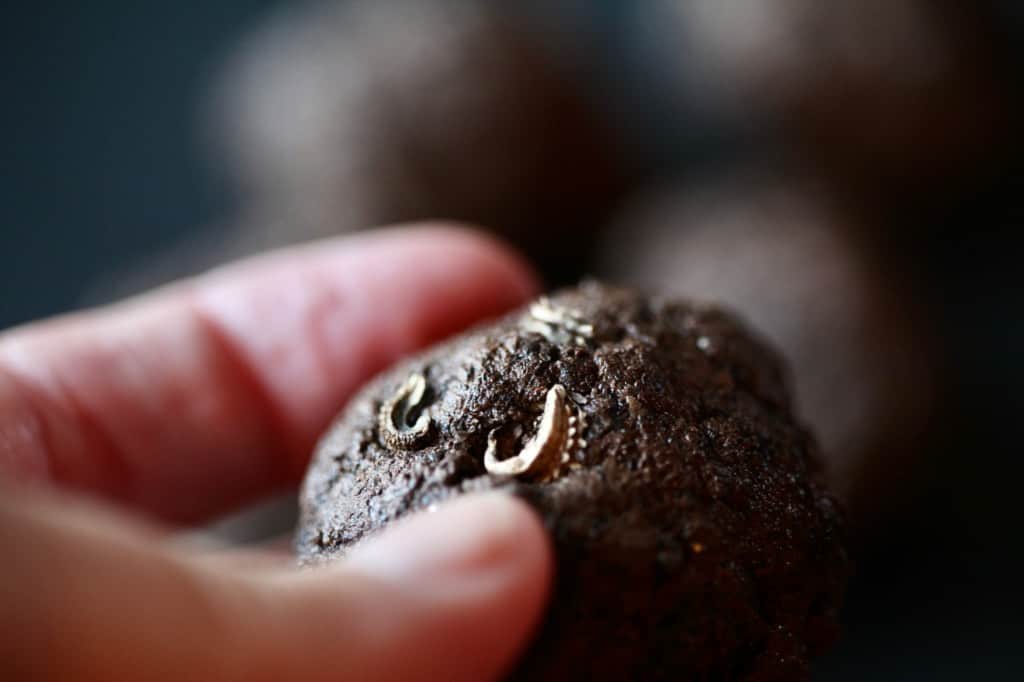
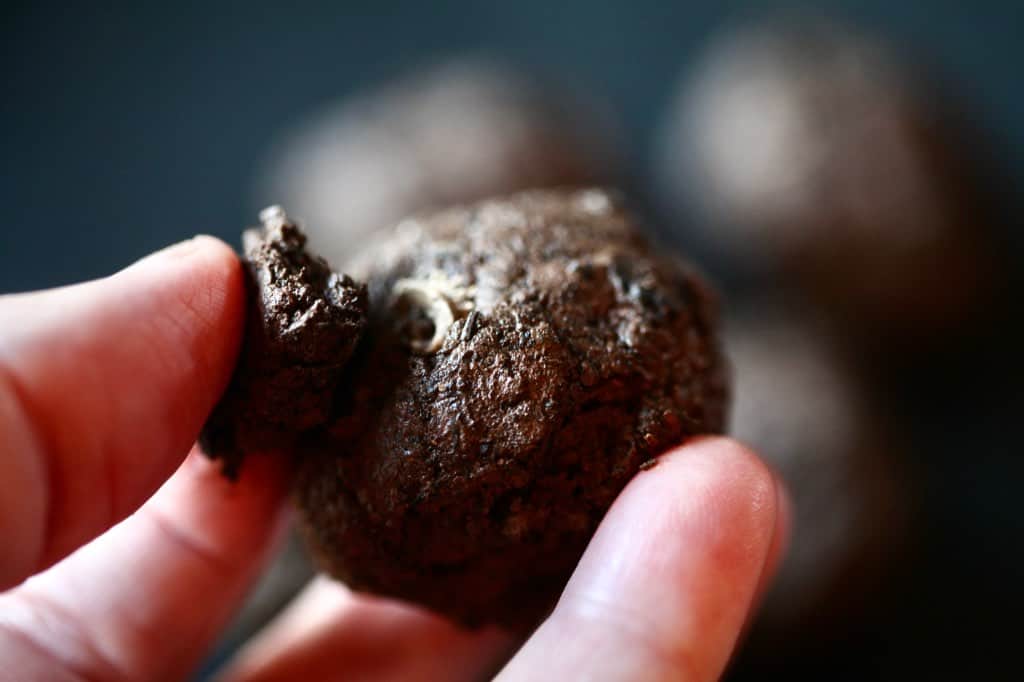
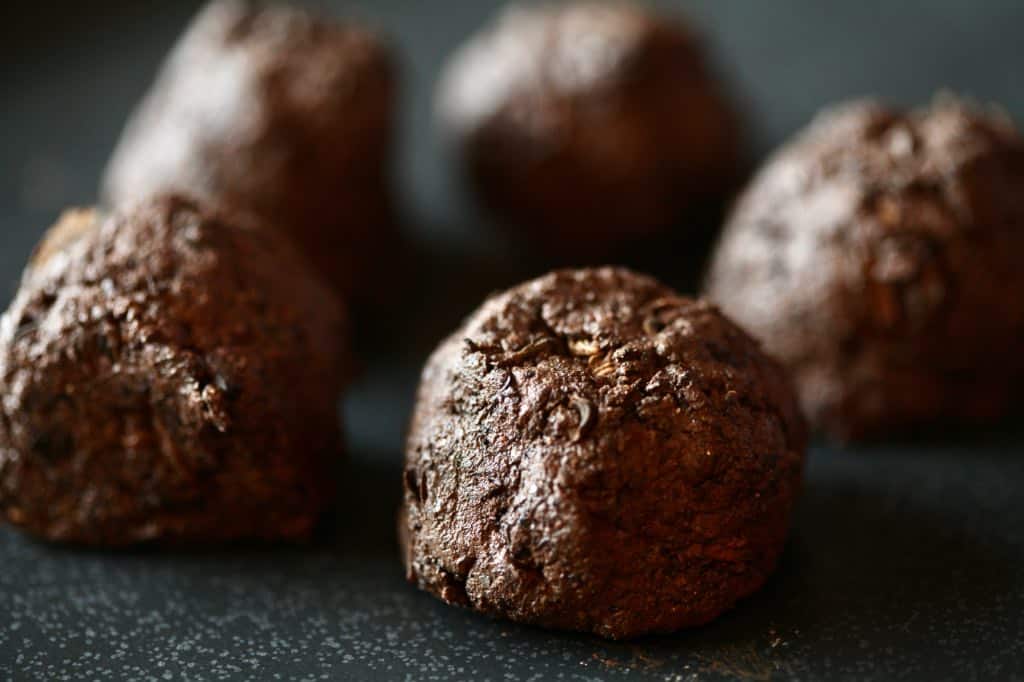
Conclusion
Calendula is a popular herbal flower to grow in any type of garden. It is a beneficial garden plant, and has many wonderful uses.
The plants require little care, and are a bright light where ever they are planted.
A calendula patch will produce numerous seeds throughout the growing season.
The flowers will also readily self seed, especially in warmer growing zones.
If you grow calendula, consider harvesting some seeds.
Harvesting and saving calendula seeds is an economical choice, and an easy way to perpetuate these plants in your garden, for many seasons to come.
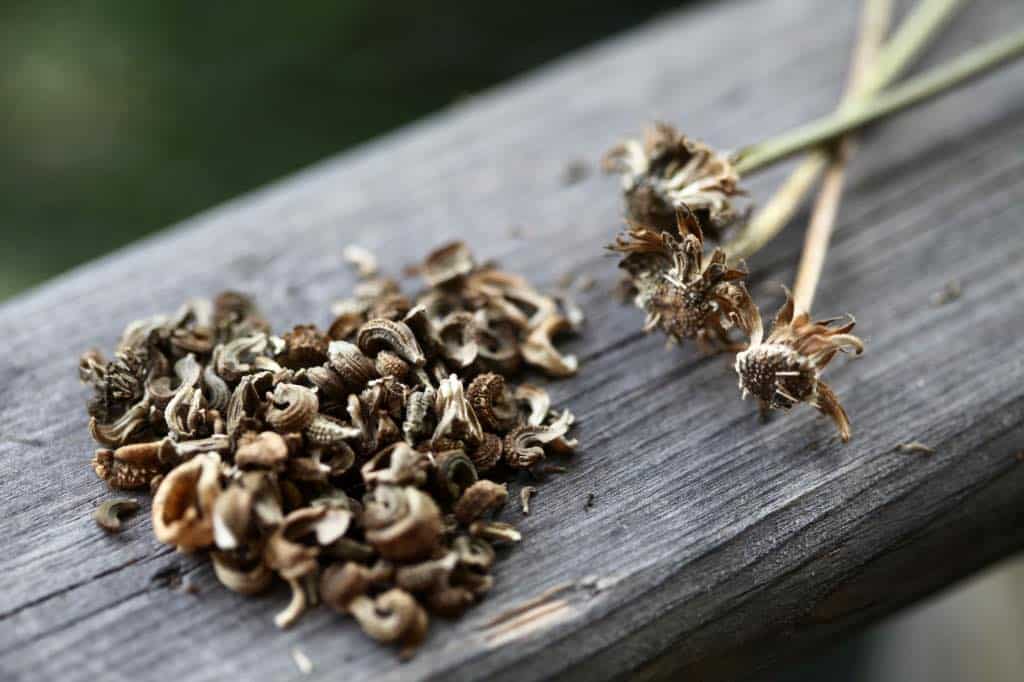
Have you ever tried to harvest calendula seeds from the garden? Be sure to leave a comment below to share your experience!
Other Posts You May Like:
Other Calendula Posts You May Like:
See the Web Story on Harvesting Calendula Seeds!
PIN IT FOR LATER!
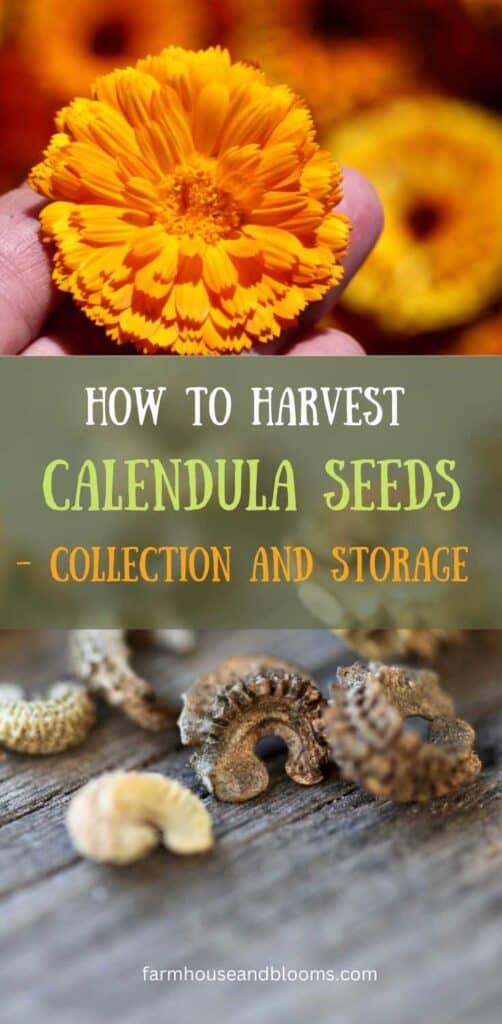
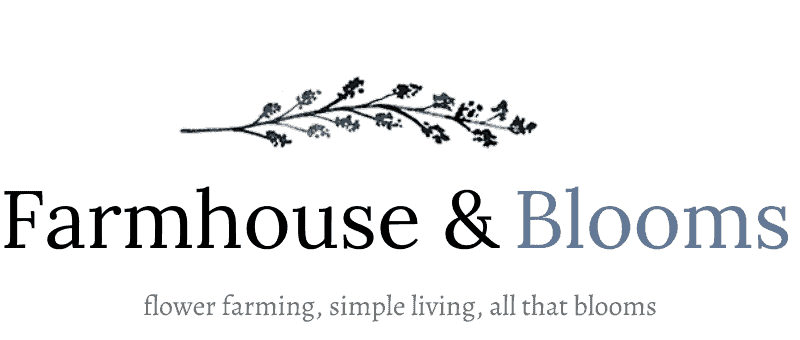

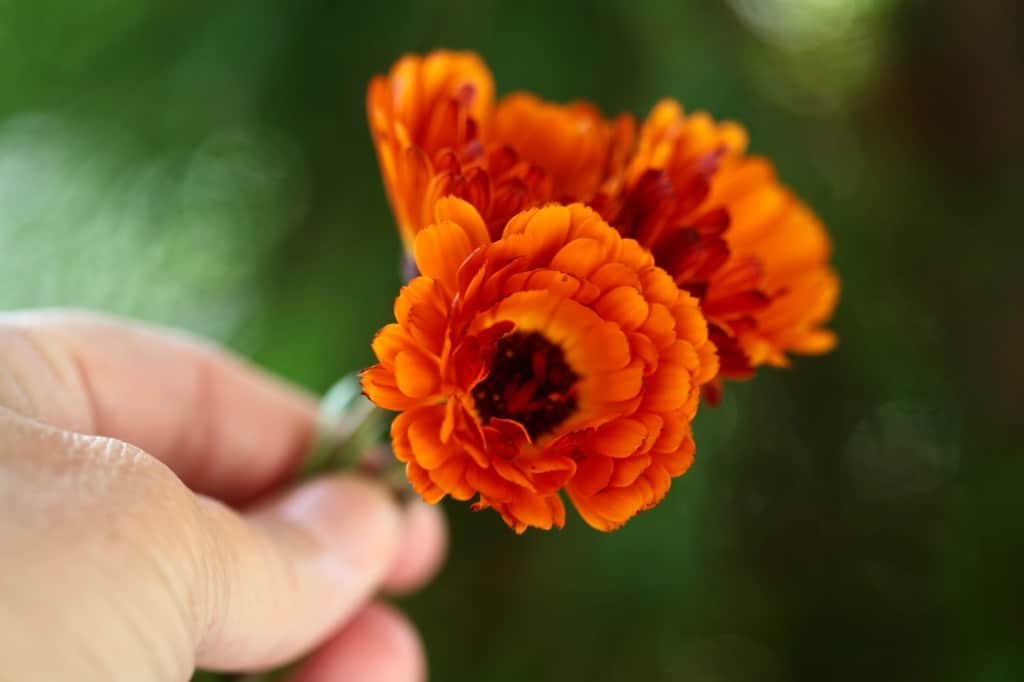
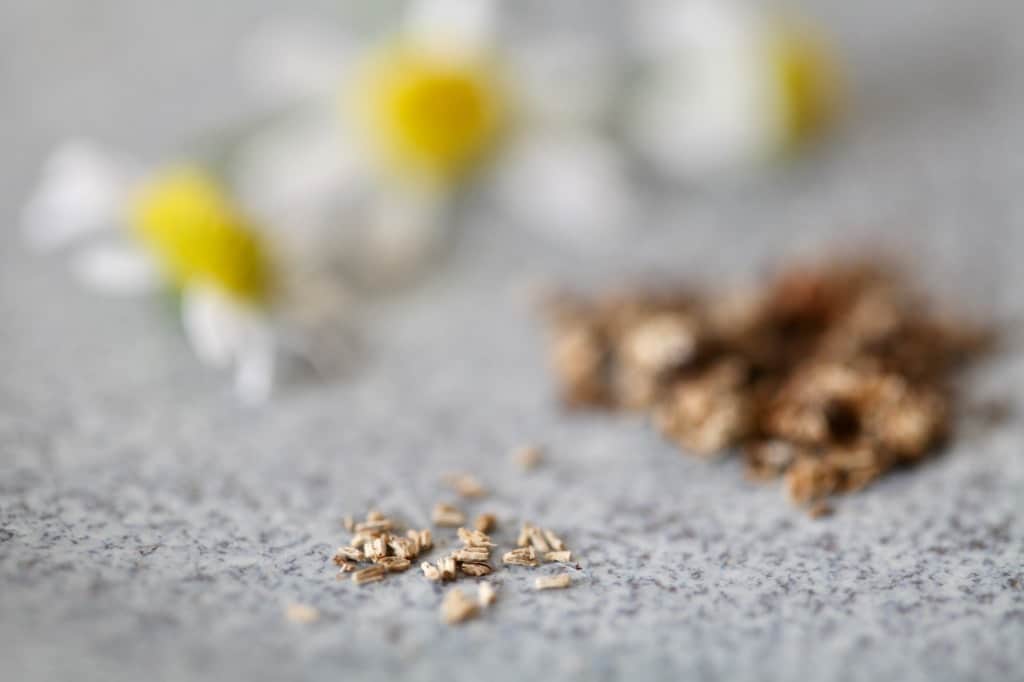
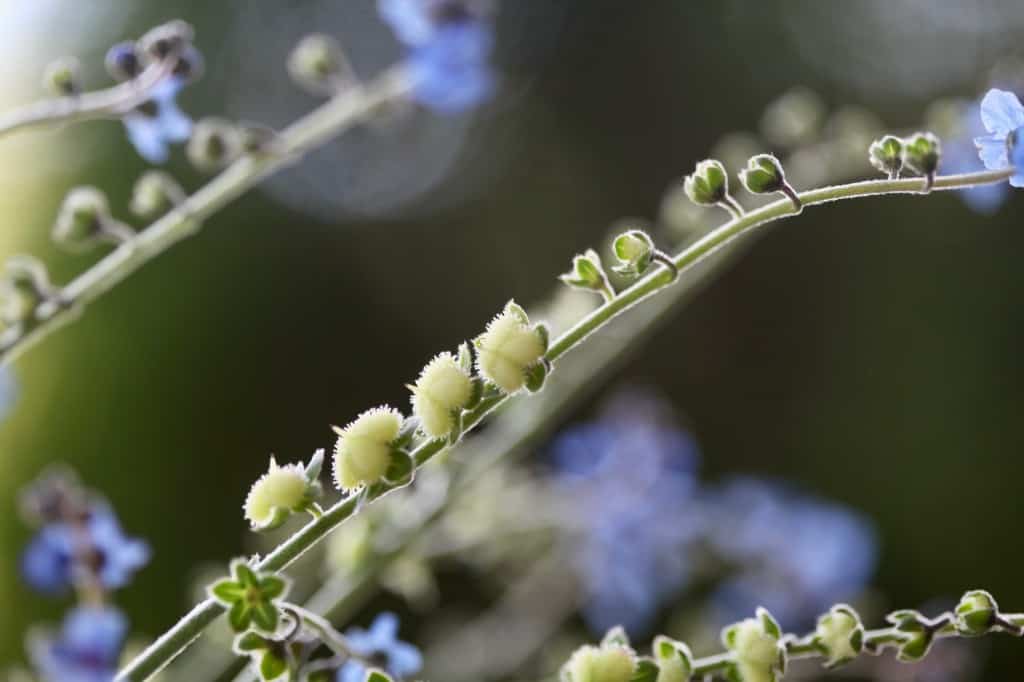

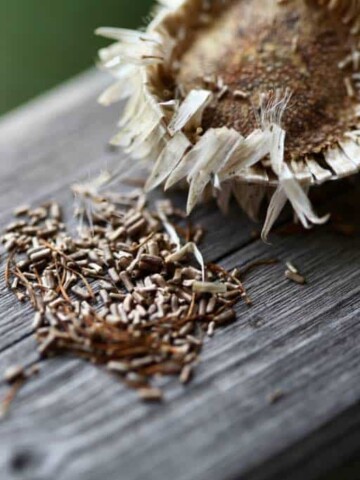
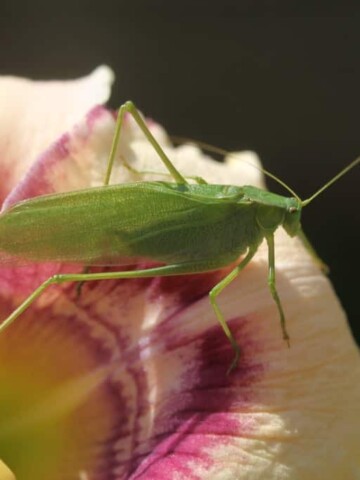

Leave a Reply